|
Planing a snotbot expedition in this corner of the world had a new level of excitement for me, as i used to live in this country, in fact, my first daughter Ariel is born here. There is a reason the DR is on of the worlds top holiday destinations, but this comes with a dark side. As in so many countries around the globe, there is very little awareness of plastic pollutions, but even less initiative to do something about it. While Parley is busy setting up a base here, we are looking in the health of the humpback migrations in the North eastern part called Samana. One of the many reasons why drone research has changed the world of science. There is no other way to witness such intimate play between a mother and her calf, as with a boat you would interfere their space. Increasingly more often whales are not only comfortable with boats, but also come over and check it out. They are such curious and gentle animals. The important rule to follow is to always let the animal make the decisions.
After our 10 day trip in the DR, it turned out our most successful snot collecting expedition yet, proofing the method and refining it.
0 Comments
Nothing compares to these surprising emails asking you to come for a quick shoot to an amazing location, with an equally amazing concept and team. I used to live in the caribbean, and sadly i must say i have seen large scale damage to the entire ocean ecosystem. Little did i know, that St.Barths is like a hidden diamond, it had been protected for quite some time and its just simply stunning. This was a quick turnaround trip and i can't wait to see the finished product.  Not long after our last trip, we returned to the far northern Islands of the Great Barrier Reef to further investigate the severity of plastic pollution reaching waters and shorelines of the highly remote Cape York Peninsula. This was the crew’s second expedition in recent weeks, and first by boat as part of efforts to gather data on the volume, types and sources of pollution reaching even protected park areas. We are working with local groups and authorities to implement the Parley AIR Strategy (Avoid, Intercept, Redesign) and plan large-scale cleanups to tackle immediate threats to the region’s marine wildlife. The Great Barrier Reef Marine Park was formed to help safeguard a vast area of the reef ecosystem against the rising pressures of human-driven climate change, illegal fishing and related threats. Classified as “Green” (no-take) Marine Park Zones, the northern islands are of extremely high conservation value. They provide critical habitat for populations of marine species, including sea birds and endangered sea turtles which seek refuge on these islands every year to nest. Six of the world’s seven sea turtle species are found within the park. Although Cape York is considered primarily “untouched”, we now know that ocean currents carry large quantities of debris from the Pacific Ocean to major catchment zones throughout the marine park. Our exploratory trips have revealed alarming volumes of plastic pollution and debris on even the most remote and hard-to-reach shorelines and riverbeds of the Cape York mainland. In Cape Bedford, Cape Flattery and north of the Lockhart River, Parley has found shocking evidence of the spread of marine debris, and even hazardous, deadly waste. The most recent expedition looked to nearby island groups and surrounding waters, where we found equally disturbing levels of pollution.
In addition to documenting the beauty and fragility of the marine park and its inhabitants, the expedition crew completed spot cleans and data sampling, looking closely at potential challenges (e.g. tides, winds, weather, access, permits, wildlife and transportation of debris) in planning for large-scale cleanups. The team also conducted a manta trawl to estimate levels of microplastics within the marine park and glean a clearer picture of how specific currents and reef channels affect levels of plastic pollution. Data will be shared with marine authorities to further permits and support for conservation projects. Click here to Cape York is a hard to reach and sparsely populated peninsula in Far North Queensland, Australia. The remote region borders coral gardens of the Great Barrier Reef along its eastern coast and is considered the largest untamed wilderness in northern Australia. But its beaches are hardly untouched by humans. Ripping currents plus winds from the South Pacific and Southeast Asia converge to make this region one of the worst polluted in the world. On October 12, 2018, the Parley Australia team set out on an exploration trip around the tip of Cape York to locate some of the most heavily polluted beaches and Islands. With the use of a special amphibious vehicle, the team conducted spot cleans on several bays and hard to access areas. . Cleanup findings provided shocking evidence of illegal rubbish disposal from container ships entering the Great Barrier Reef Marine Park. Pollution from countries all across the Pacific were found scattered across the beaches, including high quantities of bleach bottles used for fishing practices, large amounts of fishing nets, floats and fish aggregating devices, and — most alarming — a toxic silver pesticide canister like those first spotted in North Queensland from an offshore spill back in 2012.
The Australian Maritime Safety Authority warns that these deadly canisters pose a serious health risk to anyone who comes in contact with them. Roughly the size of a drink bottle, the canisters are filled with aluminum phosphide — rat poison crystals. When the powder is exposed to moisture in the air, it forms a phosphine gas, which can ignite and cause headaches, dizziness, nausea, eye irritation, asphyxiation and even death in humans. Upon finding the bottle, the Parley crew immediately contacted emergency services, who arrived via helicopter with full body suits to secure the item and transport it to Horn Island, where the toxic material will be neutralized. As part of our global Parley AIR (Avoid, Intercept, Redesign) strategy, Parley is leading collaborative cleanups, education and conservation initiatives across Australia. The program aims to conduct more large-scale cleanups with a strong focus on remote Cape York areas Our Team is growing and we are really getting into action. We started with smaller cleanups in the Cairns region. But it didn't take long to realise this nasty plastic stuff is everywhere.
The main areas we focused on was the Barron River mouth, plus the Cairns Inlet. In both cases we keep finding unexpected large amounts of plastics. But let the pictures talk. I bet you all can relate to the excitement arriving to a completely new country, a new culture and especially an area that has been explored very little. We expected this expedition to Gabon to be more challenging than any other, and guess what, our expectations did not disappoint. Collecting data from the region was to proof one particular point. You can, with a small crew and a small budget, - travel to a remote understudied region, get the data, get out. Everything was hard in Gabon. Starting with permits (not that i was doing this part), to logistical arrangements, communication and even nature did not make it easy for us. Even the little things we take for granted, such as paying with Credit Card or getting money from an atm, not in Gabon. We had to figure out how to extract cash out of the air. The first few days it was very windy. Snotcollection was hard, very hard. But we did average about 3-5 samples per day. Then a crew from BBC "dragonfly', who are doing a piece on stories around the Equator where joining us. This was one of the (if not ... the) nicest crew we have worked with so far, and we got what we needed. After the film shoot we had a few days left, and the weather was finally deciding to work with us. It did not take long to increase the Sample size to over 50 snot gold nuggets, making this in fact the most successful ... and hardest ... Parley Snotbot expedition of all times. What a great crew (including myself hahahaha) and thank you for Parley and our Special friend Pam for making this happen!
Did you ever notice, that if you want something really hard, keep it visually in front of you, and the opportunity will come.
On the last day of my minke whale trip, i got the message of a friend running whaleswims.com in Tonga to come join her. I needed some motion vision of whales underwater for the snotbot and parley story, so the answer was "Yes" ... of course. It's not the most easy way to get there, considering it's just a hop on the map. I never really looked to much into Tonga, but wow this place is way more beautiful than i would have envisioned. The most surprising things that stroke me was how far behind it is, and how few tourists, but also few people live there. Everything seem the way it should be, and since i am not generally drawn to being a tourist, its like paradise to me. Needless to say that the whales didn't let me down either. The humpback whale migrate up north from their feedings grounds in the Antartica. Most of them travel up the east & west coast of Australia. But quite a good number is heading past tonga and french Polynesia, with the purpose to breed and give birth, and nurse in a warm and save environment until the newborn are strong and big enough to make the journey back south. It's mind blowing how inquisitive and gentle these giants are, how they allow us to be so close and how calm they are around us. Tonga has not seen the last of me ... Richard Fitzpatrick and myself made a promise to the Citizen GBR organisation to support their mission in recruiting the Australian Dolphins as ambassadors for the Great Barrier Reef.
We took a day to explorer the local Reefs in front of Cairns, take them snorkelling and give them a chance to absorb the marine world we are fighting so hard for. Above you see Mack Horton being mesmerised by this Green Sea Turtle at Vlassof Cay. The only struggle of the day was to keep up with all the camera equipment. Even instruction to the Dolphins to swim slow, we had to realise their definition of swimming slow is not the same as it would be for us :)
 Finally, after i was asked to be silent for over a year, i am able to announce that the Snotbot sequence shot of NatGeo's One Strange Rock, hosted by my childhoods Hollywood Hero Will Smith is finally on Air .... and i am allowed to talk about it :)
Its an incredible interesting and mind-blowing natural history documentary as i have not seen it before. The Snotbot appearance is not until the 6th episode, but what you learn until then is truly crazy. What a planet we live on, and what a privilege it is. All we have to do now is, respect it, and treat it this way! It appears to be Murphy's law, every time i plan a project, there will be with guaranty at least one, more likely two other projects announced on exactly the same dates.
Not unexpected, the awaited email came from Endemolshine Production, which is doing the Survival Series with my friend Mike Horn, they want me to come back to the Philippines for a new Episode. All i had to do was joggling between dates, airlines, hotels and transfers to get in time from Fiji to the Philippines, but to make it more exciting, i had to be on the last day of the shoot in Coffs Harbour as Key Note speaker for a Dive conference, but that was another issue to be solved. In the meantime i made my journey from Fiji to Leyte, a paradise like region not spoiled by tourism yet, and i had to find out why very soon, as it is very hard to get to. I was looking at some of the most beautiful beaches, the clearest water, animated like coves, and corals as we would wish they still did exist in other parts of the world. One of our highlights was a surreal encounter with a whale shark, which was scooping around us for almost half an hour and created some of the most memorable imagery i can think off. I was glad i brought my RED Helium Weapon with me, as this should not have been recording in anything less. We made some really good friends here, i must say i am deeply impressed by the local philippine people here, and some plans for future education and plastic interception projects have been made, until then ... i had to make my journey back to Australia to get the dive industry involved in eliminating plastic from our life's, and especially the oceans. The Biopixel Ocean Foundation Team, consisting of Richard Fitzpatrick, Adam Barnett and myself returned for another round of shark rodeo to our favourite apex predator spot on the Planet, Beqa lagoon in Fiji, where we are hosted my Mike and his team at Beqa Adventure Divers.
The objective is to monitor the behaviour of Bull sharks, Grey Reef, White tip and Black tip Reef sharks interacting with Dive Tourists, as well as being fed small amounts of fish 5 times per week. Mike (owner of BAD) is more than just passionate about sharks, the whole business was established solely for the purpose of conservation. This data and initiative ensures the established marine park zone is kept free from fishing, by paying nearby communities to protect it, rather than fishing it. This is no doubt one of the coolest projects to be involved in, and i am counting the seconds for the next round! It was 3 years ago when we started the Project in the Maldives, and now its time to move it to another level. All of the 65,000 school children need to be taken into the Ocean by the end of the year. We are also building Parley Station one, a little island down South.
Now, the Parley ocean plastic has become the countries second largest export. Last year alone Adidas made 1,3 Million shoes alone from our intercepted PET bottles. Pollution is still a huge problem, and so much work needs to be done, but it is all moving into the right direction. While i was in staying on Hadahaa Park Hyatt i was filming for the Porter Magazine with Mario Sorrenti and his Team, then Artist Doug Aitken came and we looked into the upcoming project of an underwater Art installation. One more step to end plastic!
Its been many years since i was on an expedition with Mike Horn.
During our investigation trip in Bali i received the long awaited text message. "Can you come to film with us on this survival series in the Northern part of the Philippines in 3 days" . Tickets changed, bags packed and up in the air. The only thing i would have wished for was to have more preparation time, as i had to find out that i was on the limit of my fitness. Climping through dense Rainforest, unexplored Caves and into an active volcano it what it takes to be part of a film crew for Mike Horn. It was great to catch up with old friends, have some good laughs, and knowing the limits of your body when you get older. Wow what a trip. The continues grow of supporters and ambassadors for the Oceans brought us to New Zealand to recruit some very very
special individuals to learn how we can save our blue planet. Unfortunately i can yet not talk about it ... but listen to the News, and you will understand soon. It was only a one day event, including some educations sessions, ocean immersion and beach cleanup near Aukland. Short but very successful ... Time to pack my backs and heading back to Indonesia ....
I had a couple of days to catch a breath, and up on sleep, the Great Barrier Reef was calling.
With my dear friends Adam Barnett, Richard Fitzpatrick, Bevan Slattery and a dedicated team in the background we are having big plans for the Reef. In callobaration with Parley for the Oceans we will not only increase research on the reef, but also clean up, create youth ambassadors, host ocean schools, explore, film, educate in schools and collaborate with other existing projects. There was the chance for all of us to sit down on one table, right where it happens, out on the Reef! Can't wait for 2018 to kick off .... The next stop after very successful workshops in Korea and Malaysia, was in Taipei - Taiwan.
This is where all the ocean plastic gets sent to. Here it is washed, shredded, transformed to pellets, then into Yarn, fabric and sent to the manufacturing process. I have never actually seen how this is done, and it was an amazing opportunity to find out about all the challenges ob recycling plastic ... the different types, what needs to happen on the other end, what not to do, and what we need to do so the recycling process is working smooth. Then i also had to present at a school further in the South of Taiwan, where some very keen students are very passionate about keeping our beaches clean. After all this, i feel very positive and competent that we do have a chance to win this war!
|
Archives
February 2021
Categories |


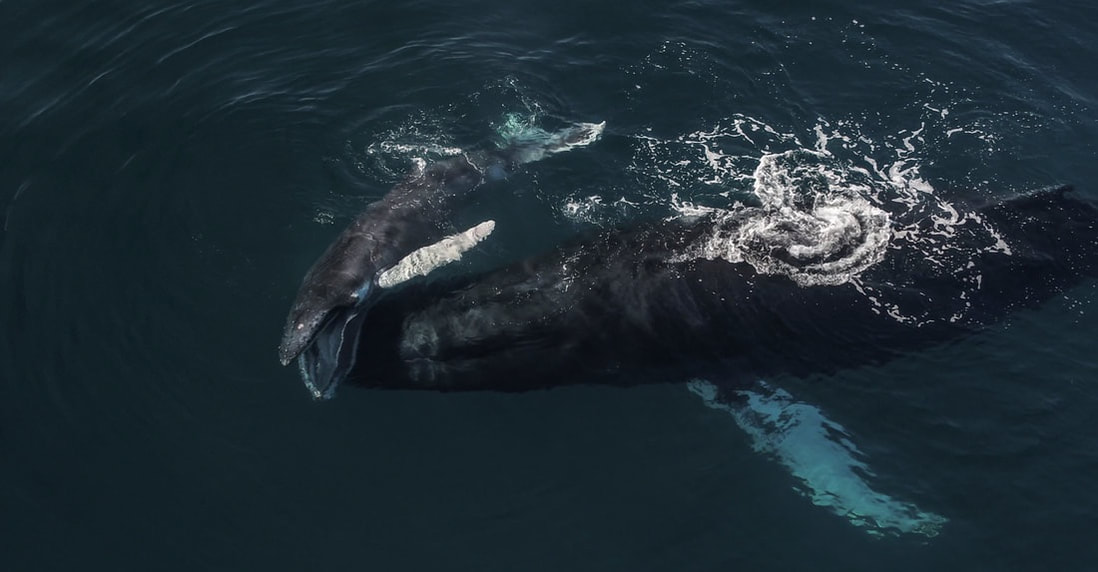





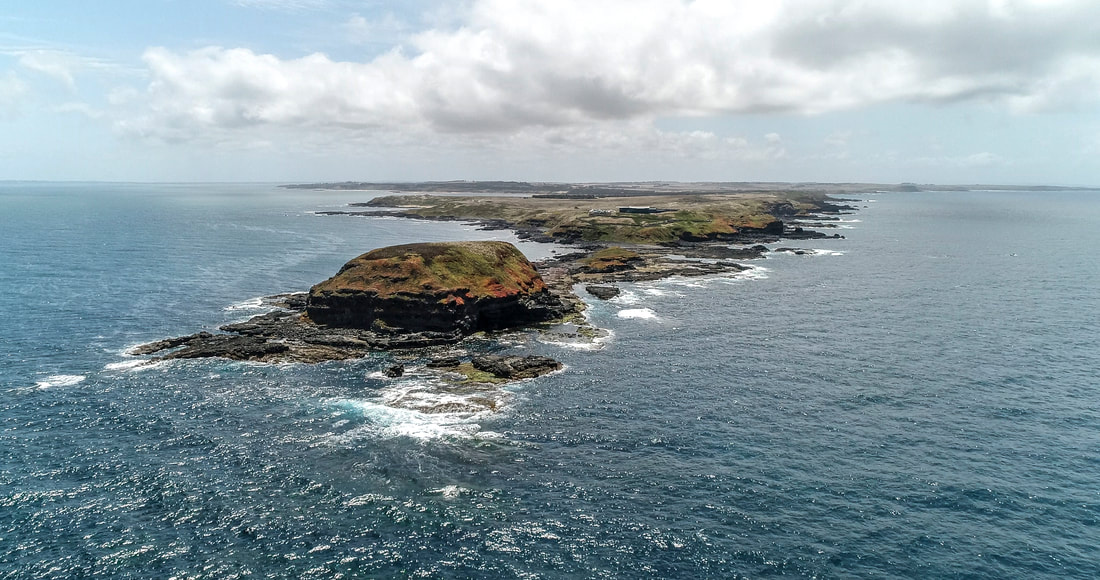














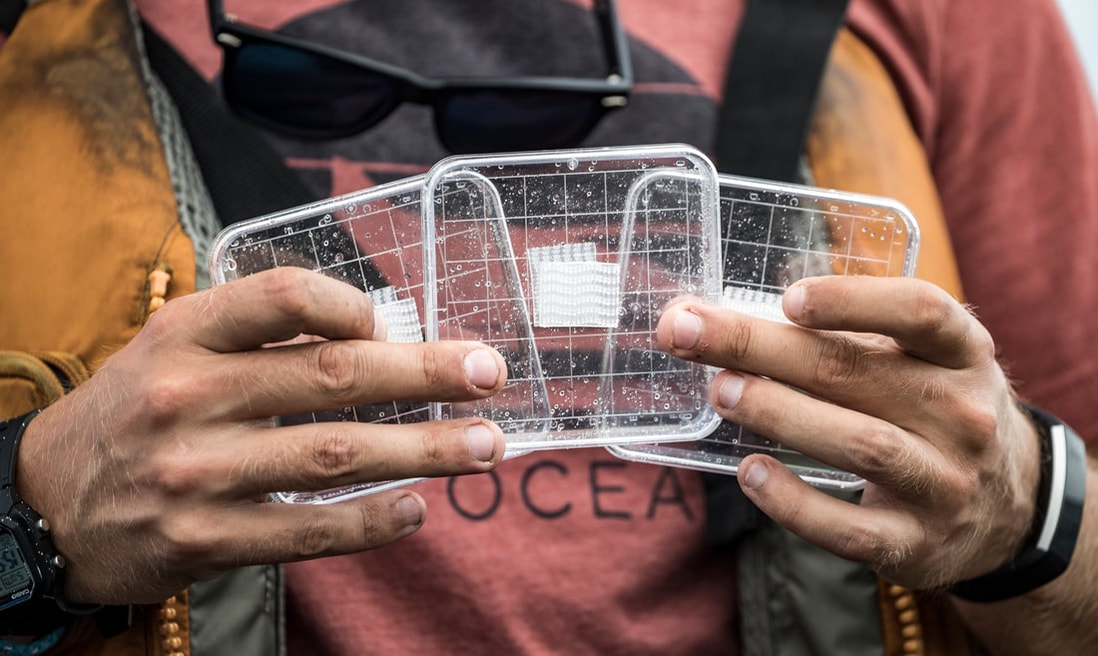








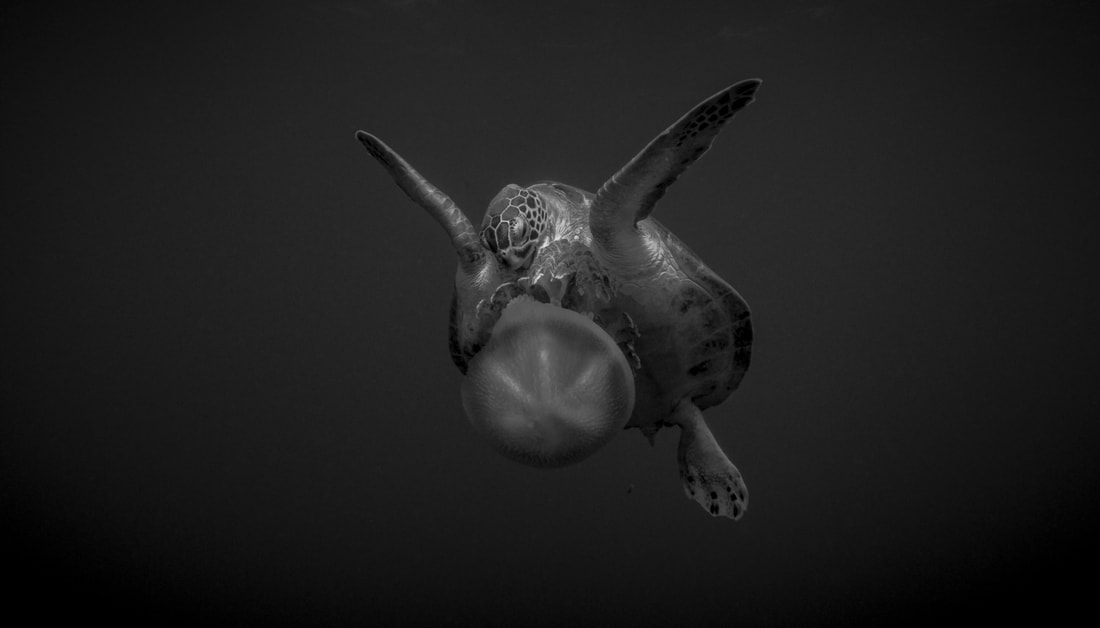










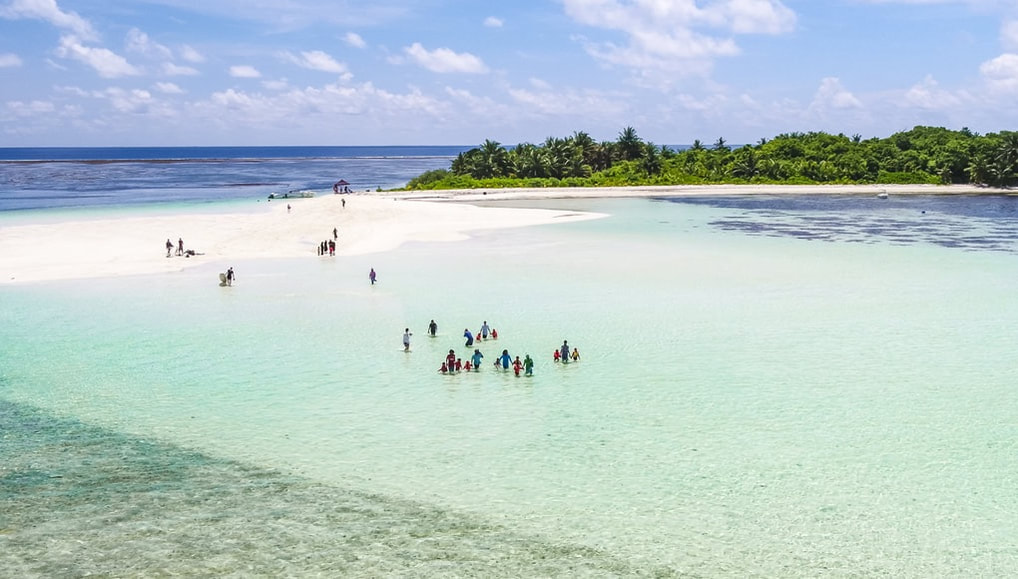




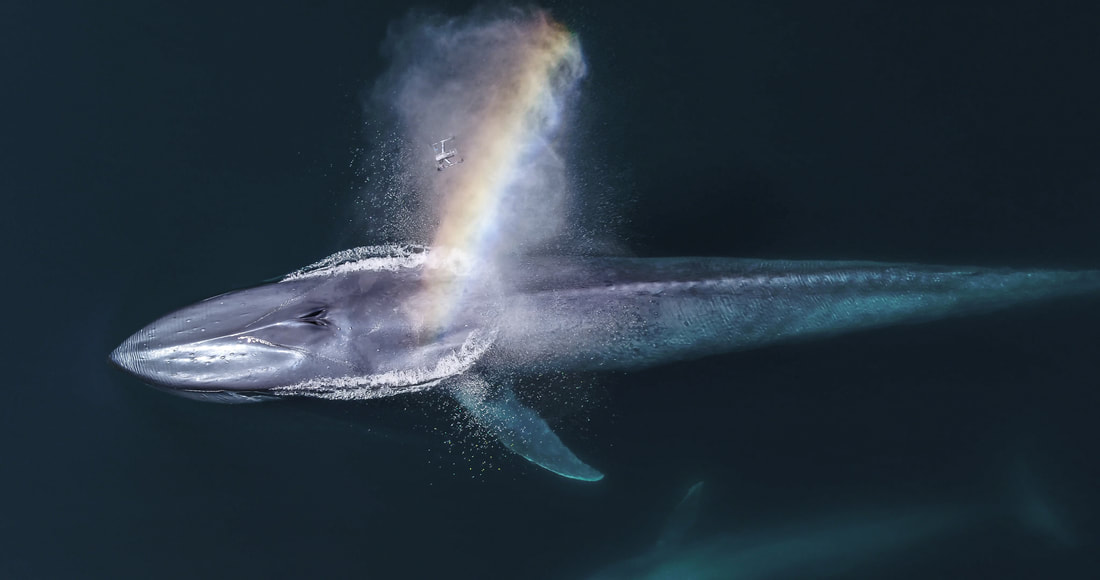



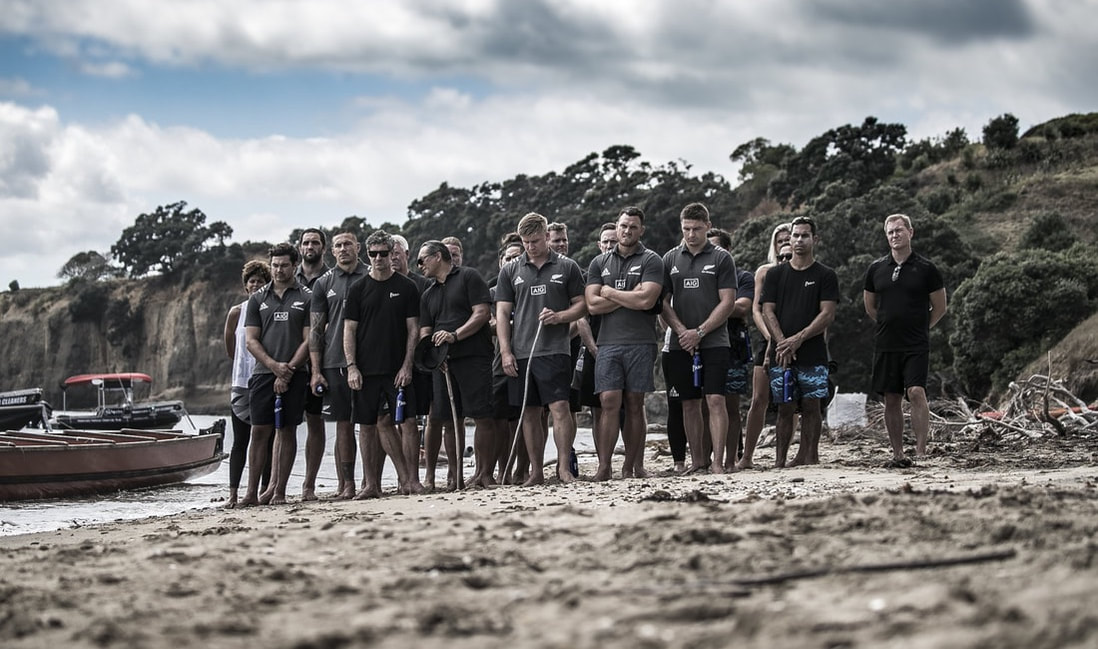




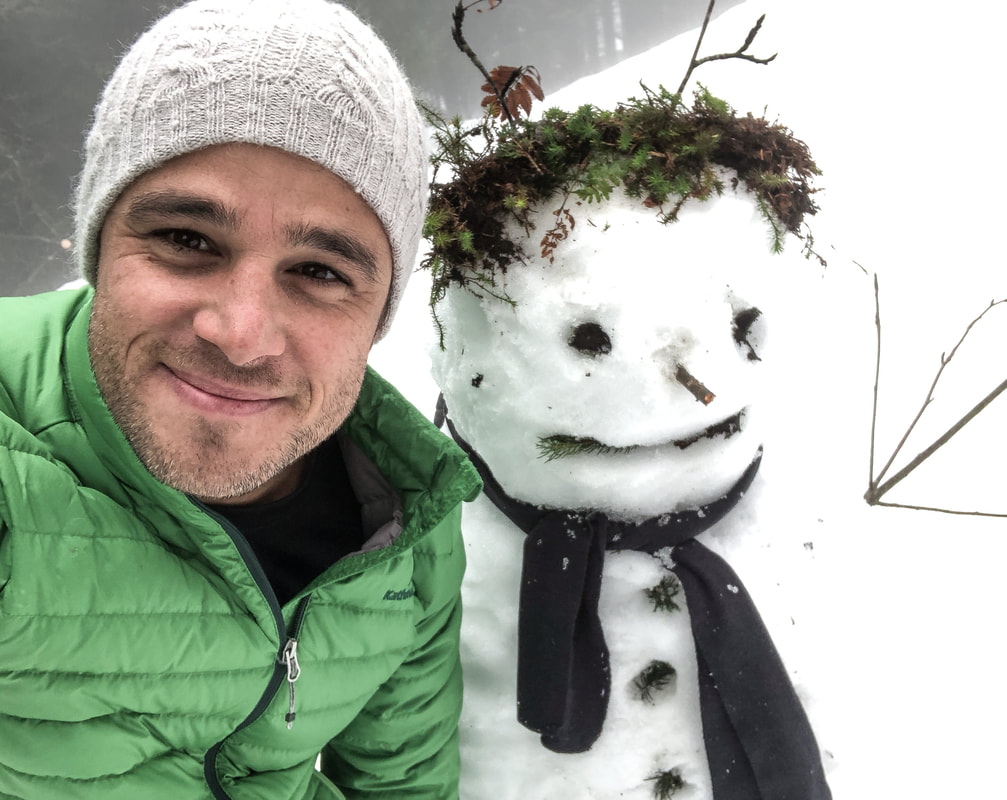
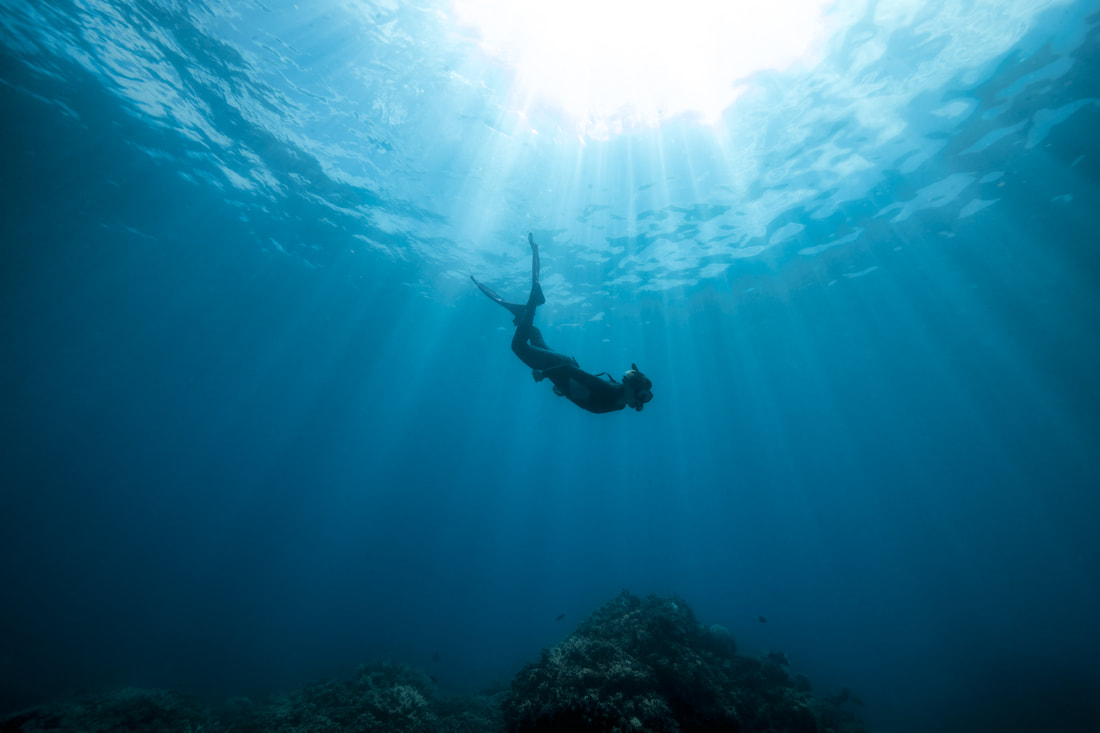

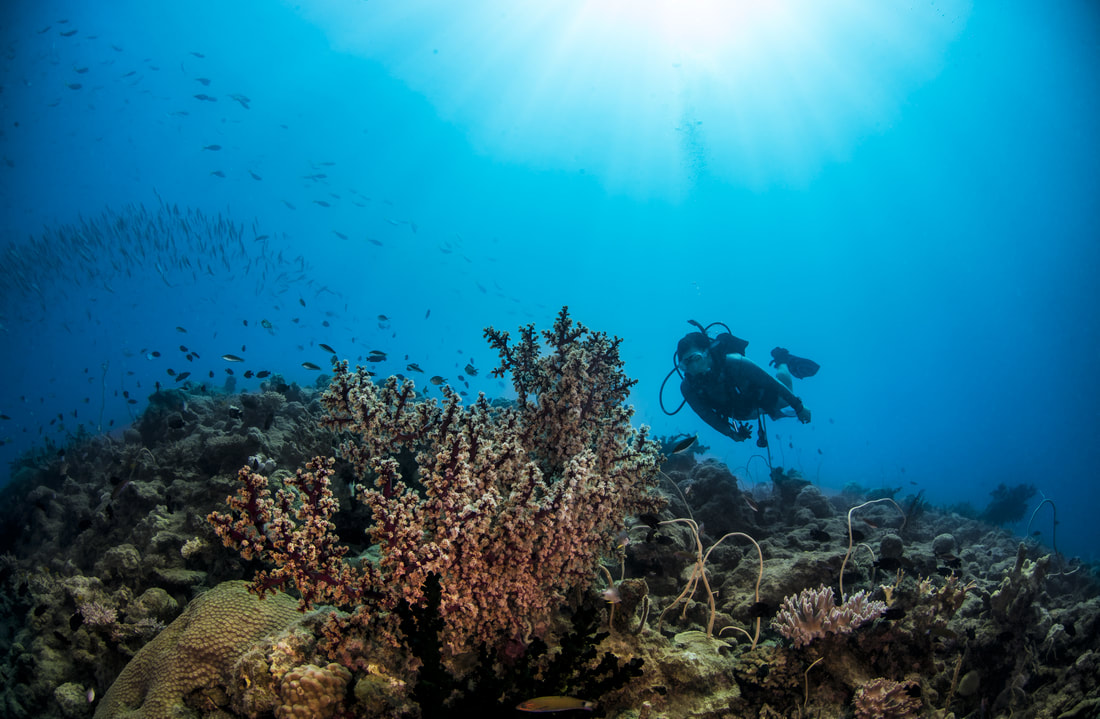



 RSS Feed
RSS Feed